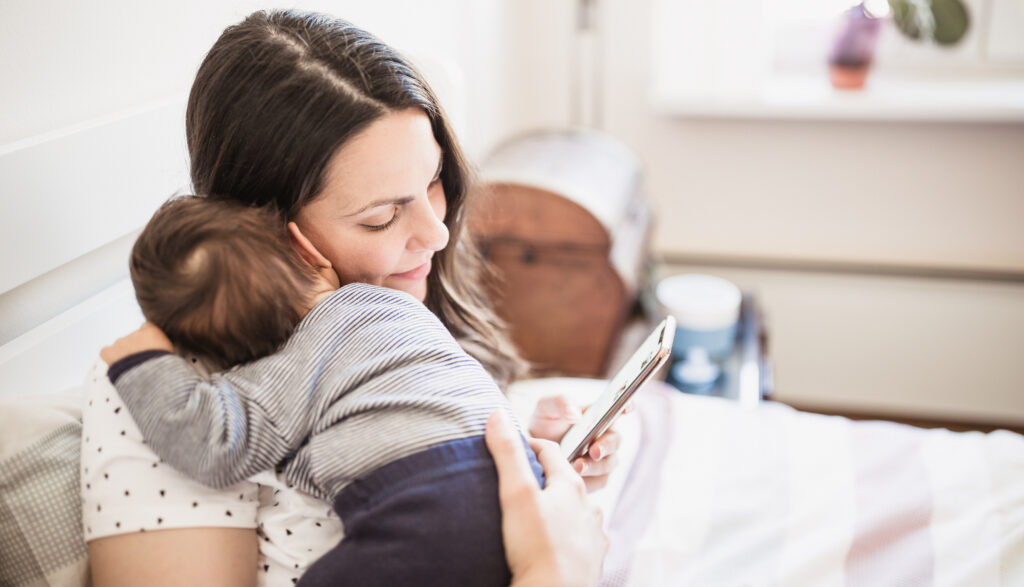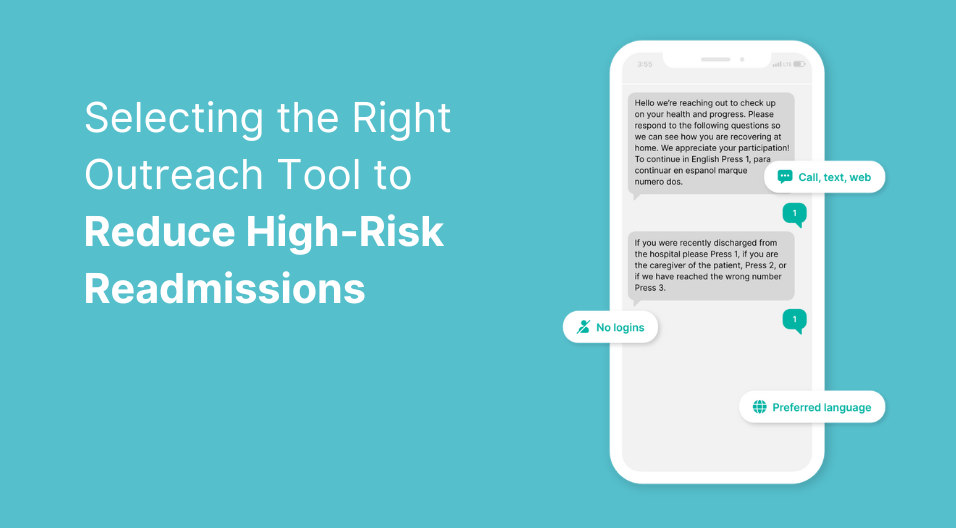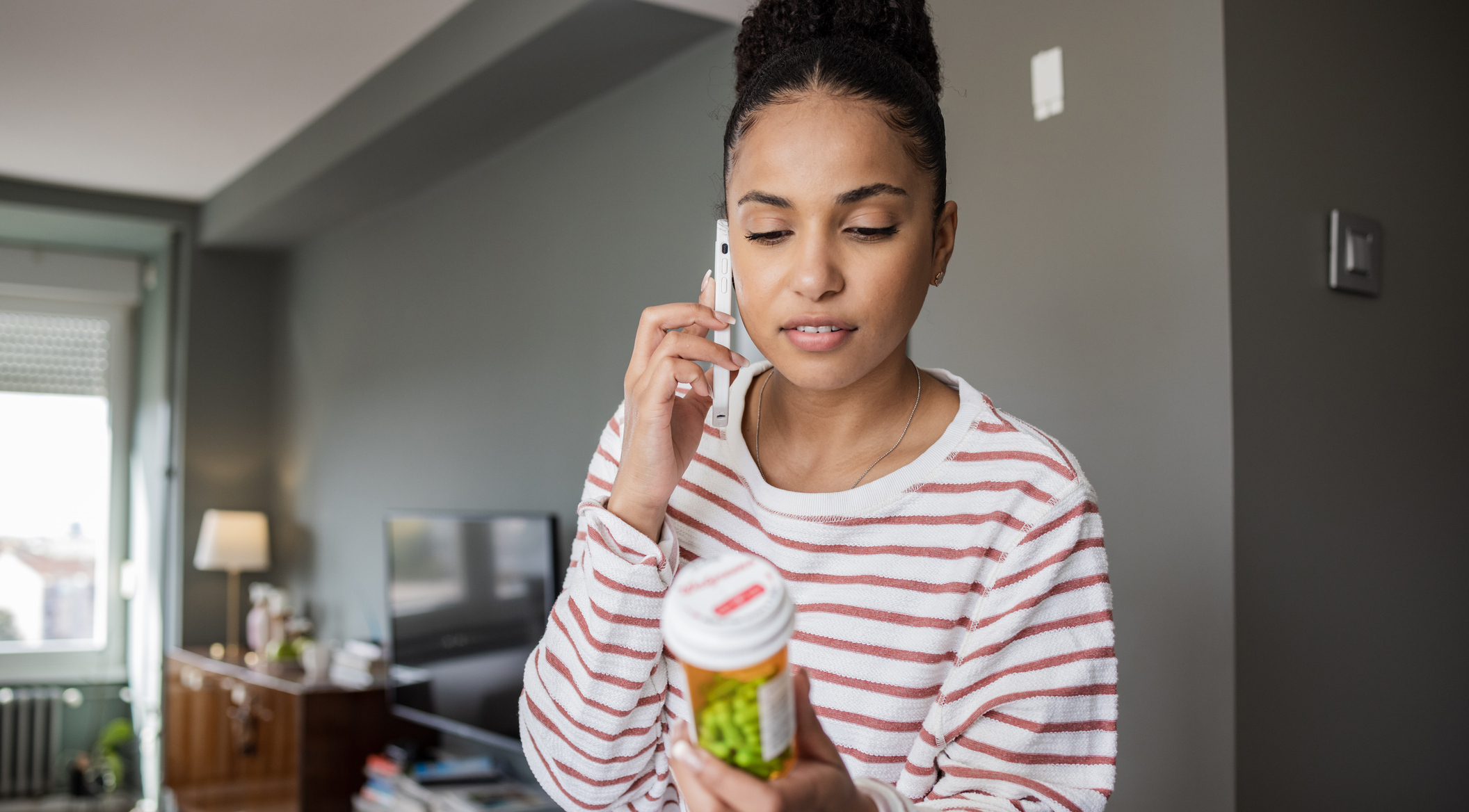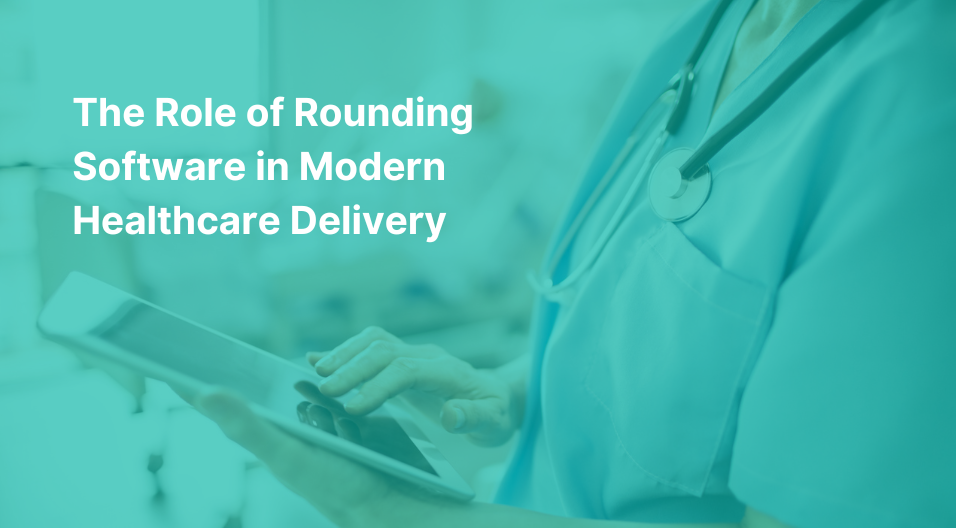As health systems evolve to meet the demand for more personalized care, the importance of direct, timely patient feedback is critical. We’ve written about Self-Service Rounding (SSR)’s utility in Emergency Departments, which often have high patient volumes, limited resources, and long wait times, to give patients more of a voice during a stressful time. Likewise, the technology offers a promising solution to bridge the feedback gap between patients and healthcare providers in other care settings as well.
SSR technology lets patients share their experiences and concerns via their smartphones, providing healthcare staff and teams with actionable insights to improve care delivery and fulfill patient needs while they are still present. Key features include:
- Flexible access: Via QR codes or SMS, offer patients the opportunity to engage using their preferred devices.
- Real-time feedback: Facilitate immediate communication between patients and care teams for swift service recovery.
- Customizable communication: Tailor interactions to meet the unique needs of different patient groups, enhancing the relevance and effectiveness of the messages.
This post delves into how SSR can be applied across different patient care scenarios—recurring outpatient engagements, non-recurring outpatient care, and inpatient discharge readiness—to enhance patient experience, satisfaction, and care delivery.
Long-term Outpatient Therapy, Infusions and Dialysis
Patients receiving recurring outpatient treatments often lack the opportunity to provide feedback to healthcare staff during their visits. For providers, especially healthcare leaders, rounding on these patients is challenging due to their varied schedules and the high volume of patients seen daily. Allowing for Self-Service Rounding via QR codes or SMS links provides these patients with a platform to voice their concerns and feedback directly to the appropriate leadership. This approach not only improves patient satisfaction by acknowledging and addressing their concerns in real-time but also enhances service recovery, potentially improving overall patient experience scores.
Ambulatory Surgery Centers (ASC), Physician Offices or Clinic Settings
In fast-paced environments like ASCs, where patients are quickly cycled through from arrival, procedure, to discharge, their feedback is often not collected. For leaders, traditional rounds can be impractical because of the quick turnover of patients. As a result, service opportunities are missed while patients are still one-site. Issues are identified only in post-visit surveys, at which time service recovery is not possible. Gathering feedback while patients are still present promises improved patient satisfaction scores and enhanced overall patient experience. This proactive approach allows health systems to better support patients, fostering loyalty and meaningful connections.
Similarly, SSR can also be implemented in physician offices or clinics, which have even faster turnover rates than ASCs. A typical length of stay (LOS) in an ASC can be hours-long; in an MD office or clinic it can be minutes,
Mom/Baby Feedback
One group in particular, new mothers in hospitals, benefit from a non-intrusive feedback method that respects their bonding time with their newborns. Self-Service Rounding via QR code or SMS enables these patients to provide feedback at their convenience, ensuring their needs are met without unnecessary disruption.
Discharge readiness rounds
Clear communication about the discharge process via Self-Service Rounding can ensure patients are prepared to transition home, reducing the risk of complications or readmissions. With SSR, patients receive a discharge readiness round via SMS the day before. This represents an opportunity for health systems to expedite the discharge process without the need for additional staff. Additionally, it can help mitigate any discharge barriers by identifying Social Determinants of Health (SDOH) that may reduce ED recidivism and costly readmissions. It can also improve patient throughput and capacity planning, as health systems respond to increased demand.
Conclusion
Self-Service Rounding is applicable across a range of settings and offers health systems a new tool in patient-centered care. By facilitating direct, real-time feedback from patients undergoing various treatments—whether dialysis, infusion therapies, ambulatory surgeries, or postnatal care—SSR empowers them to engage with the health system and take an active role in their care journey.









